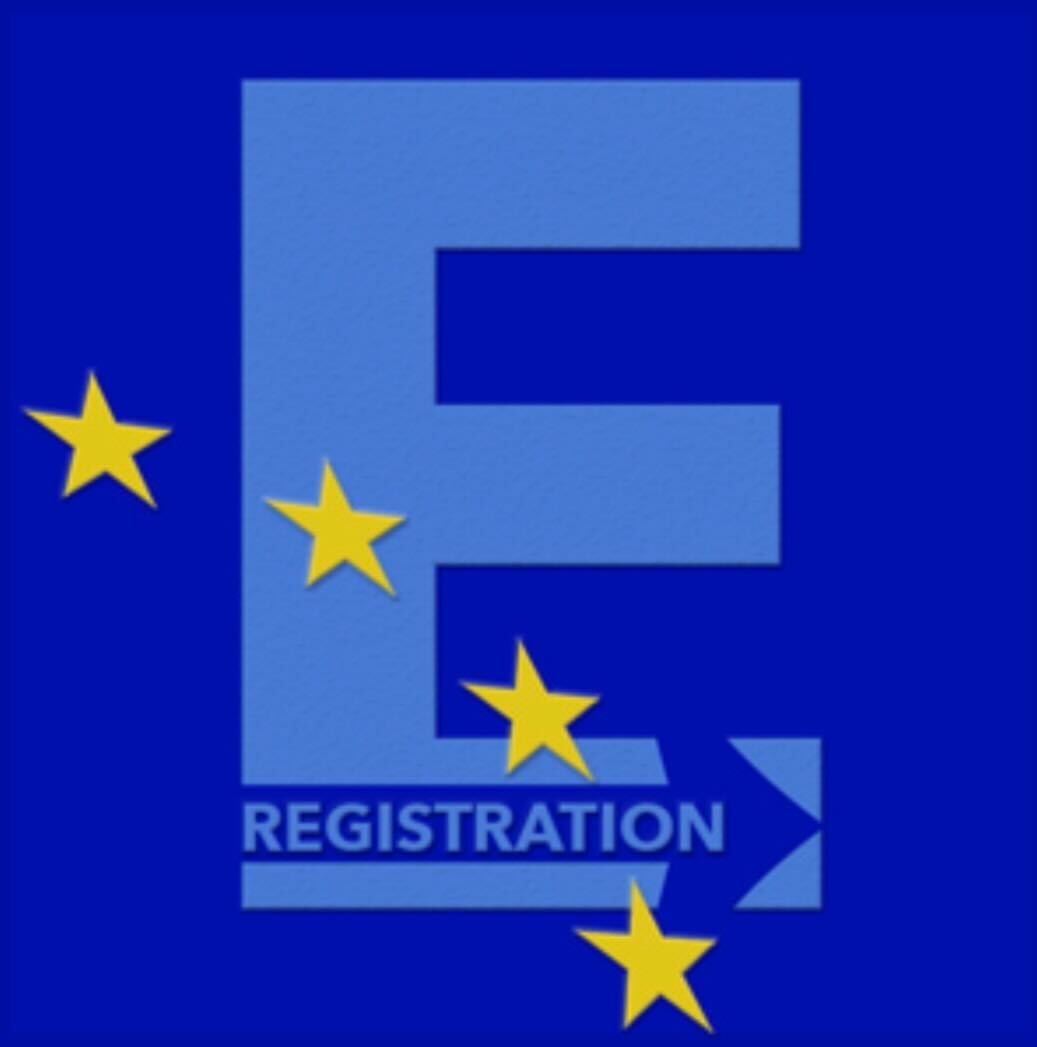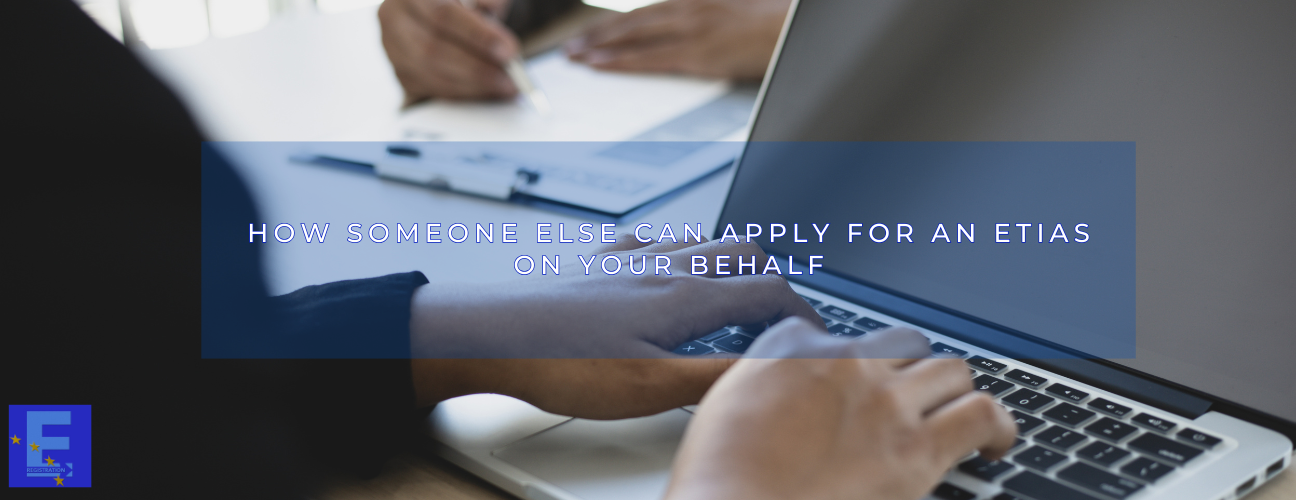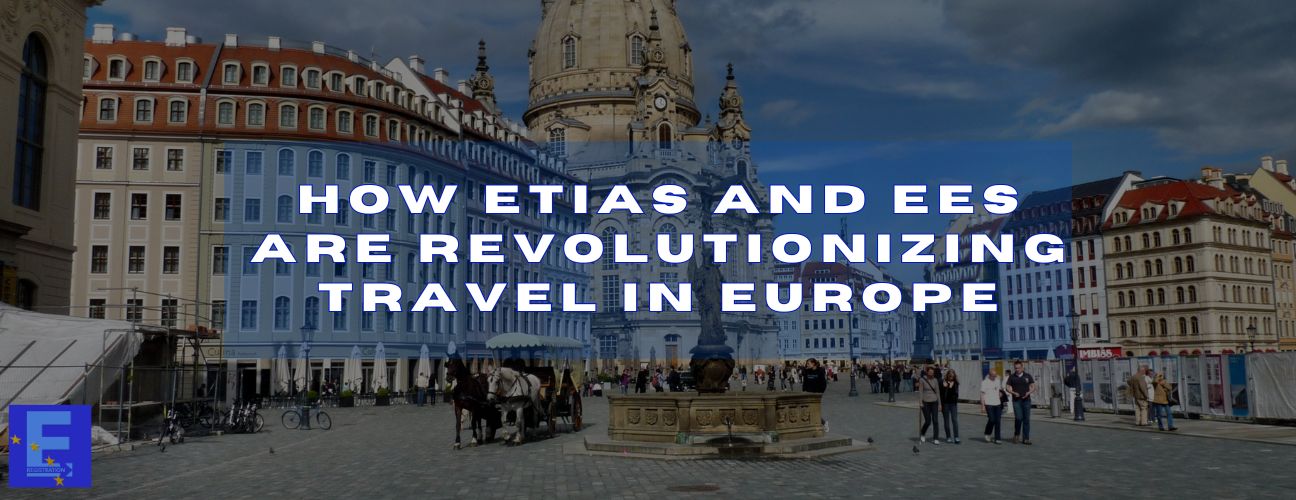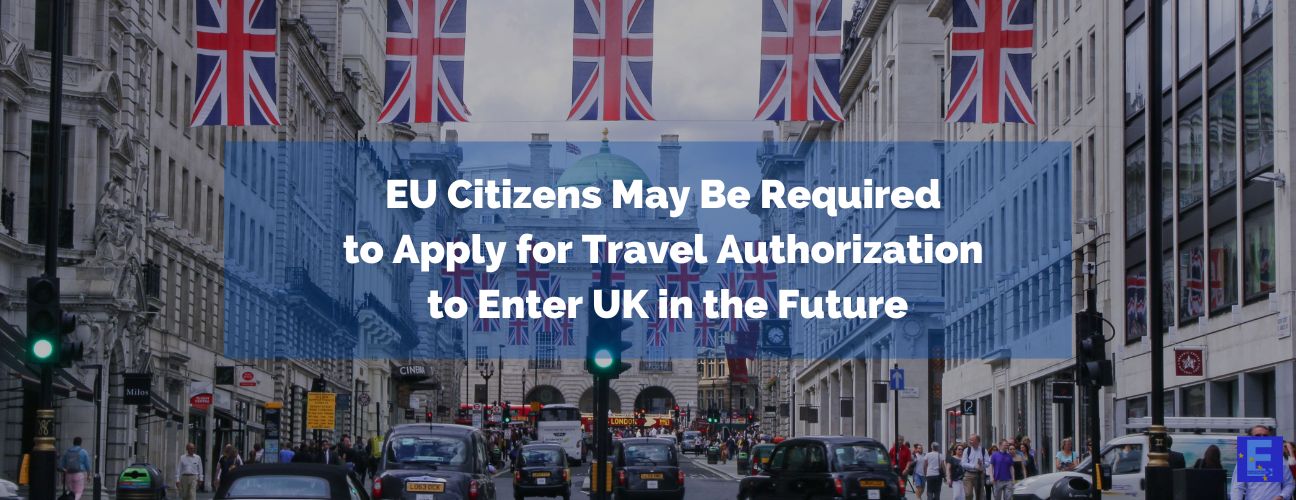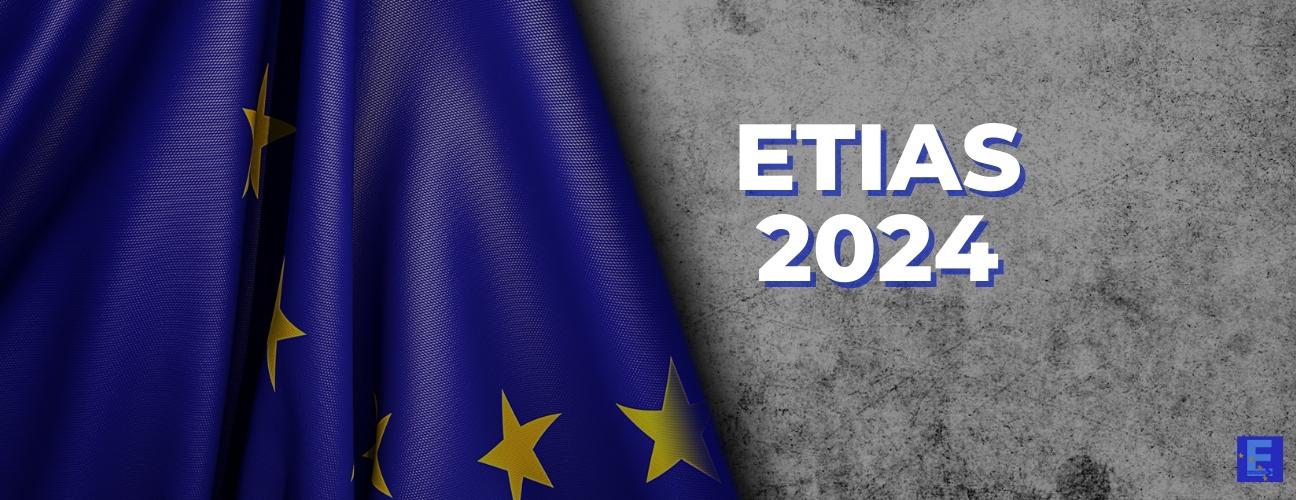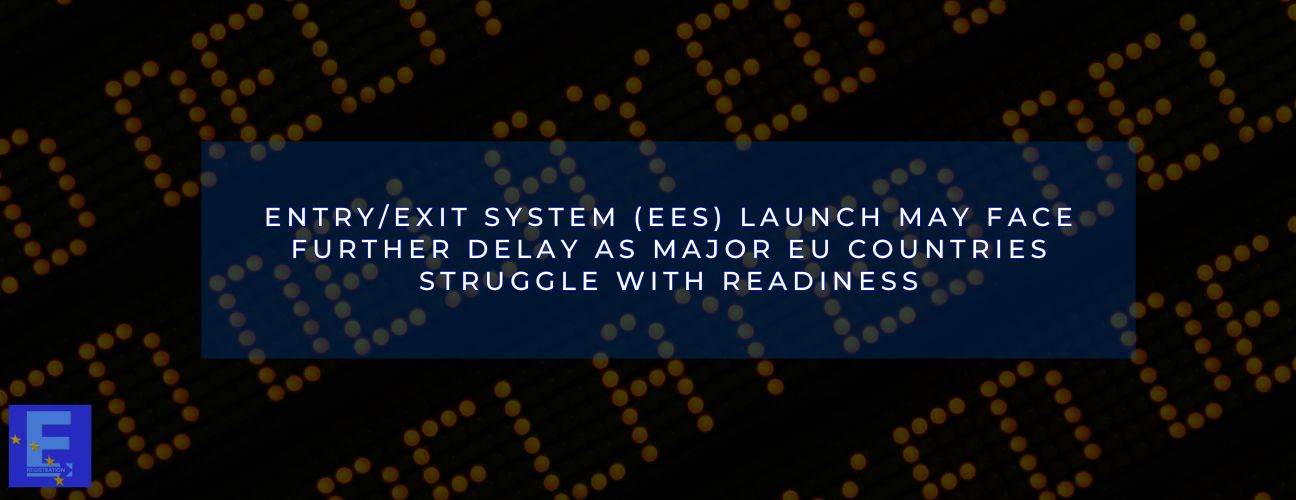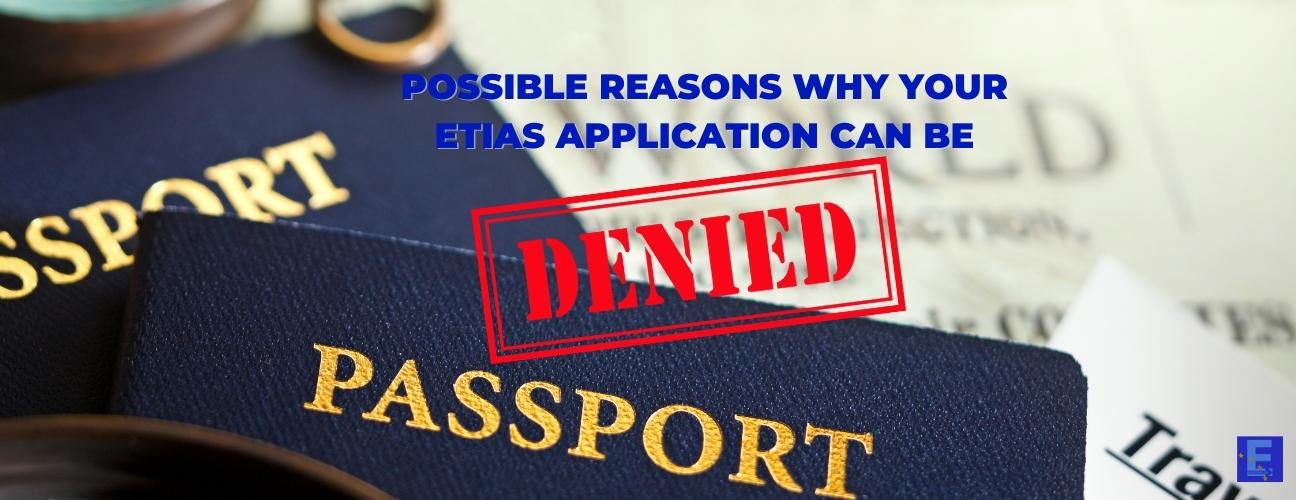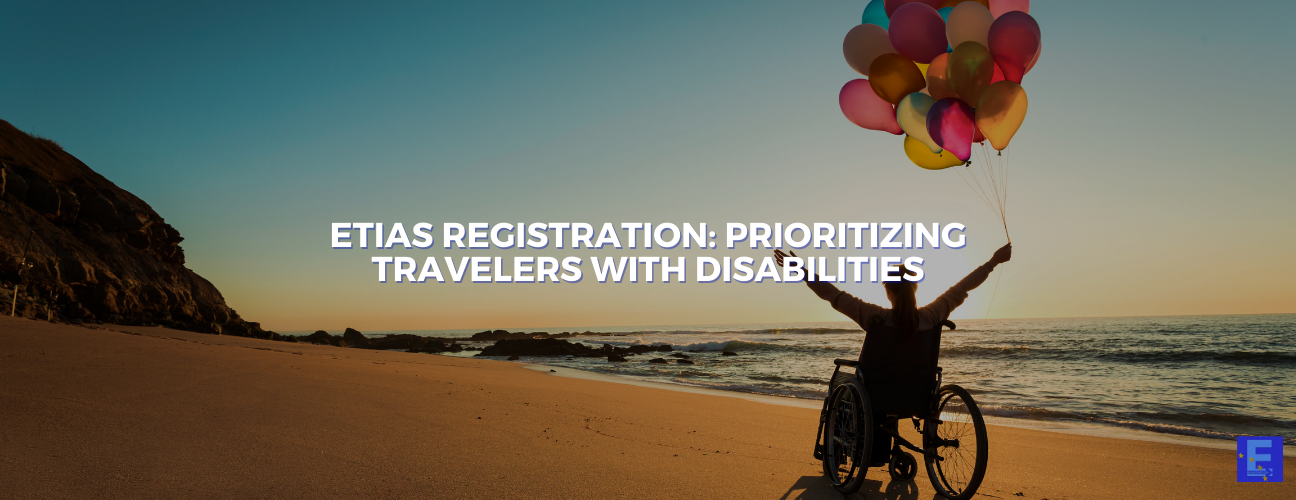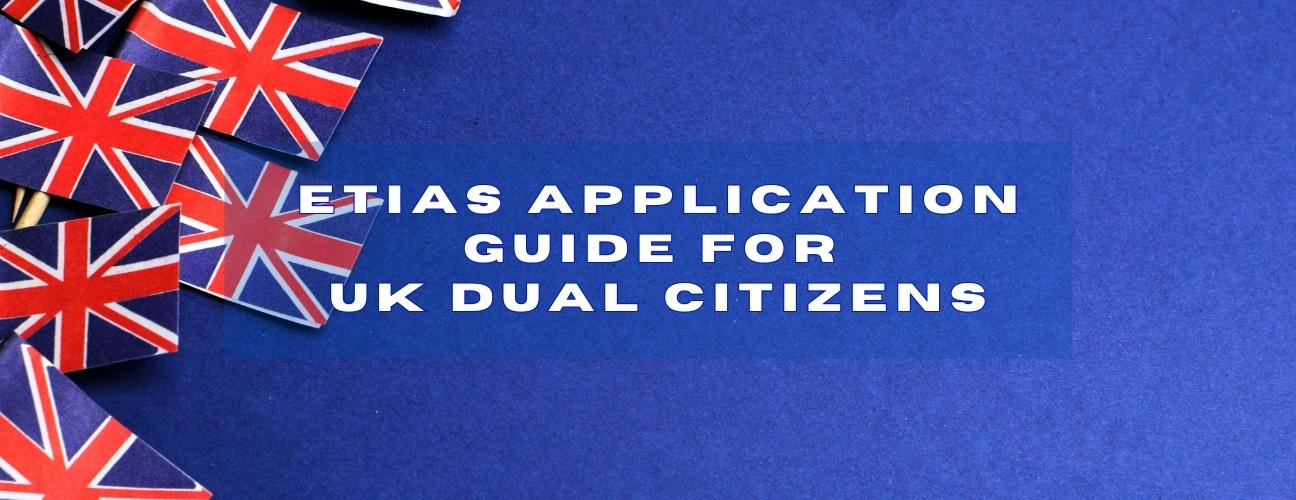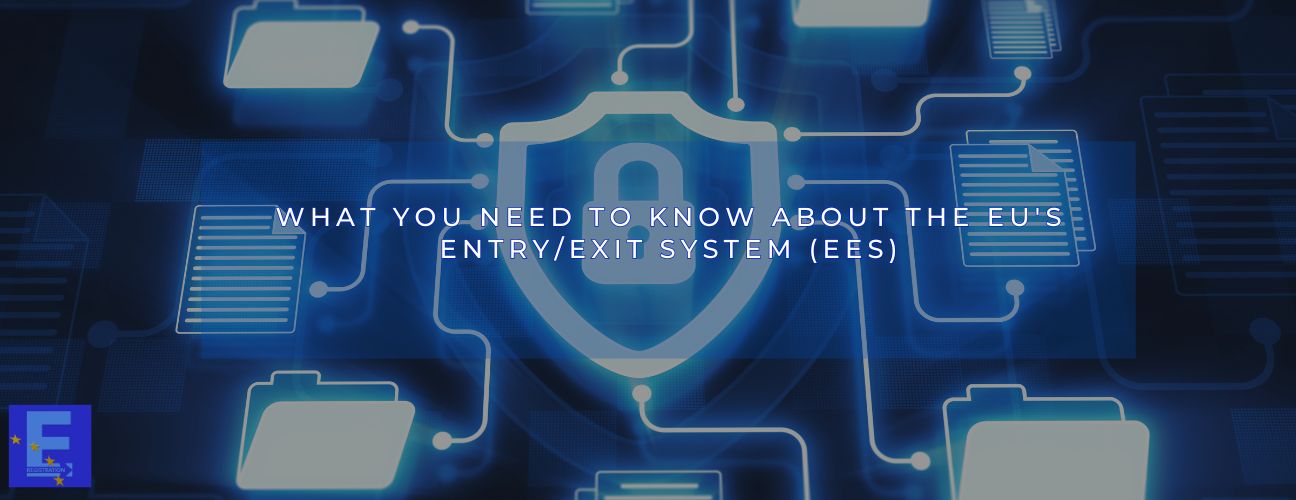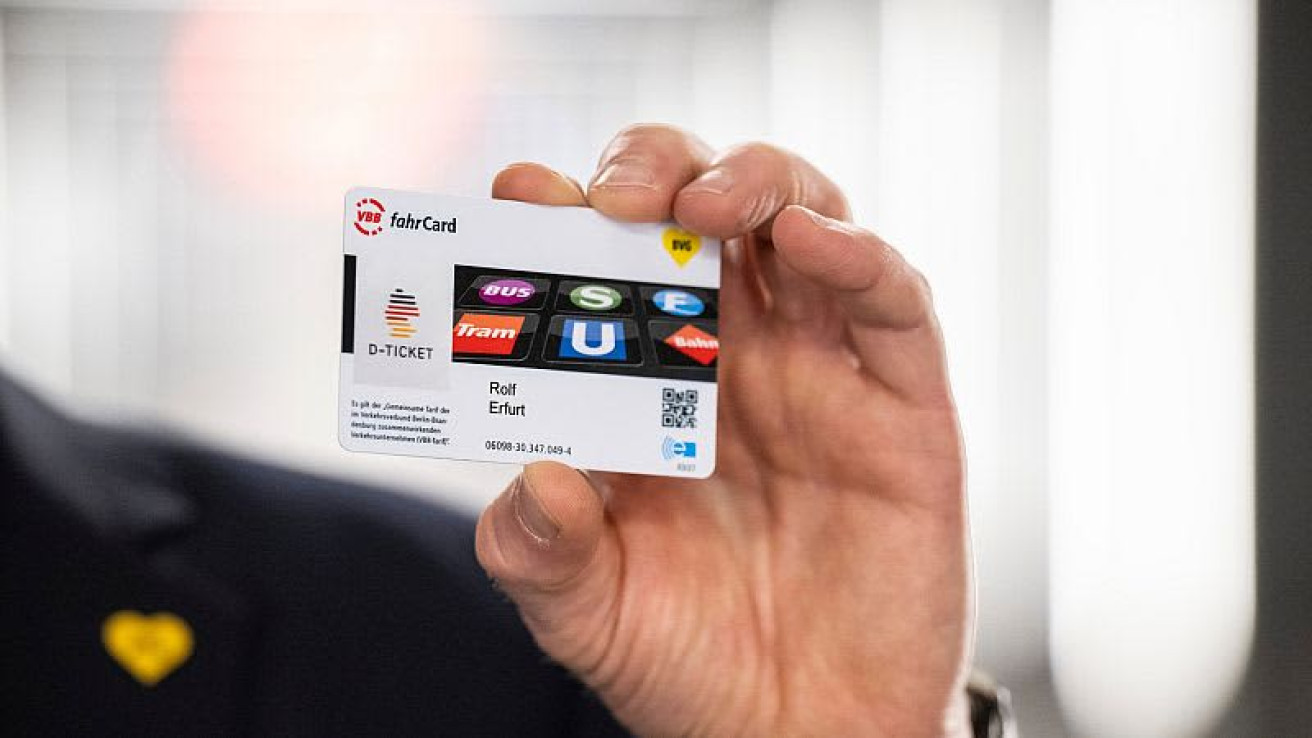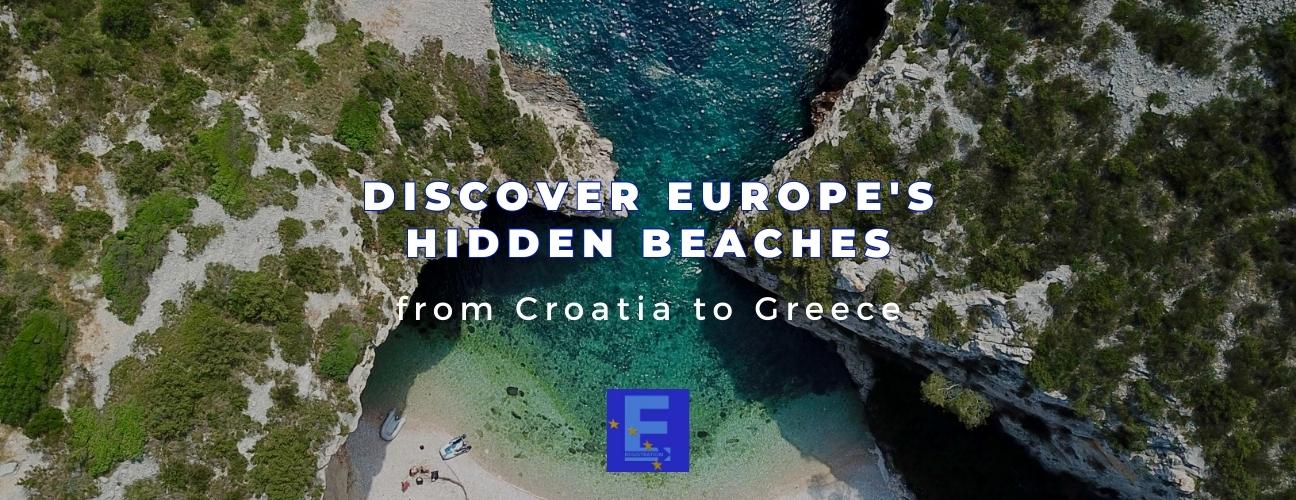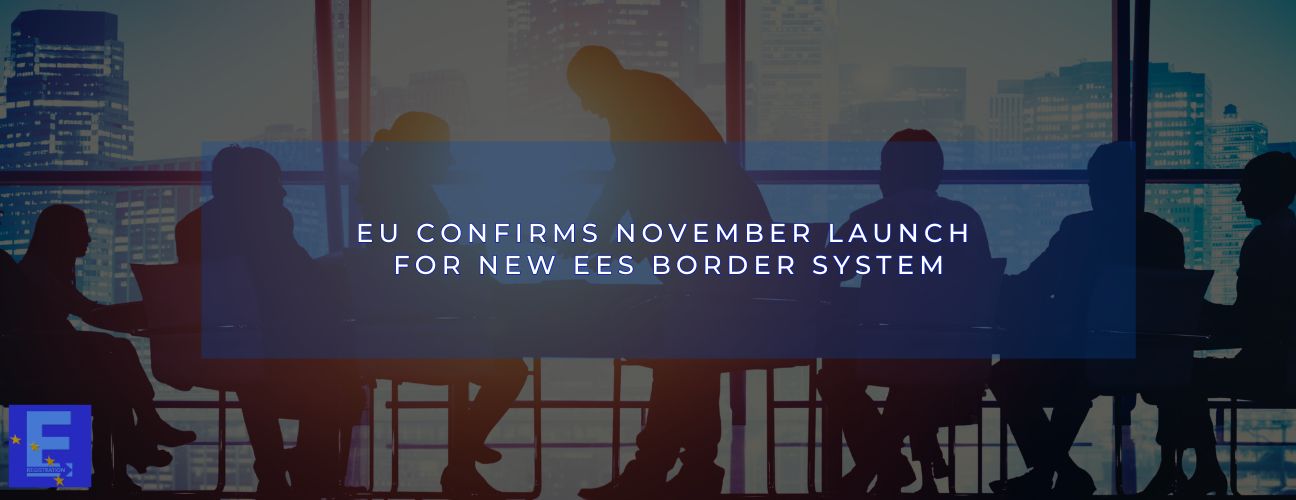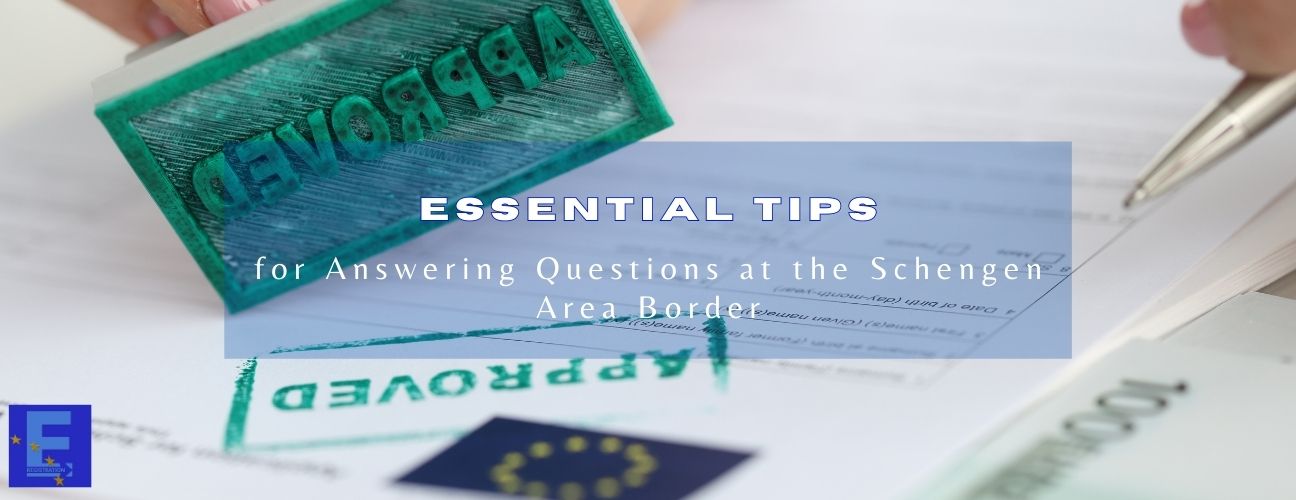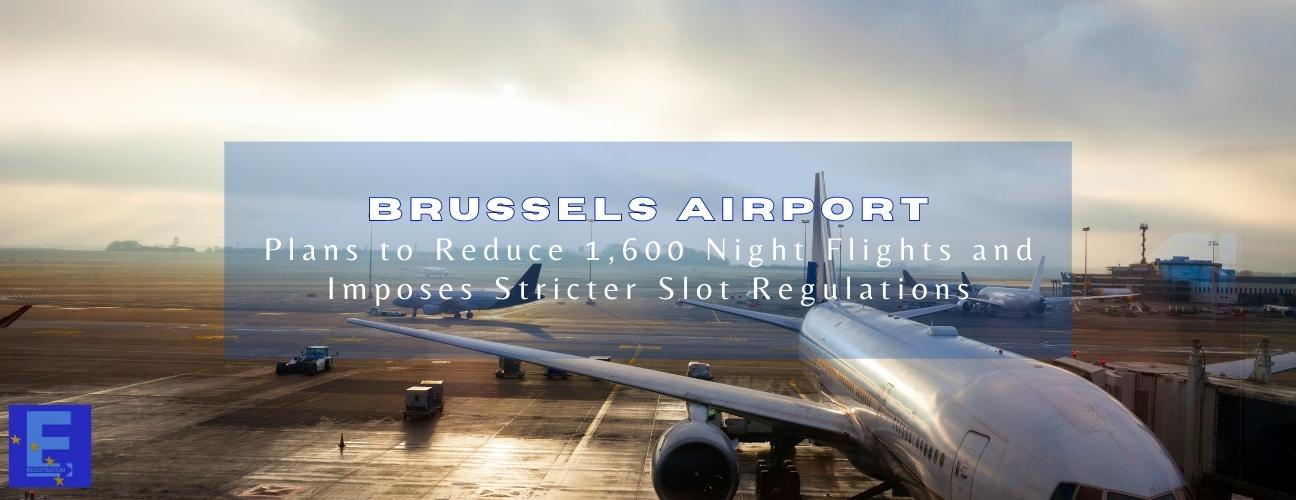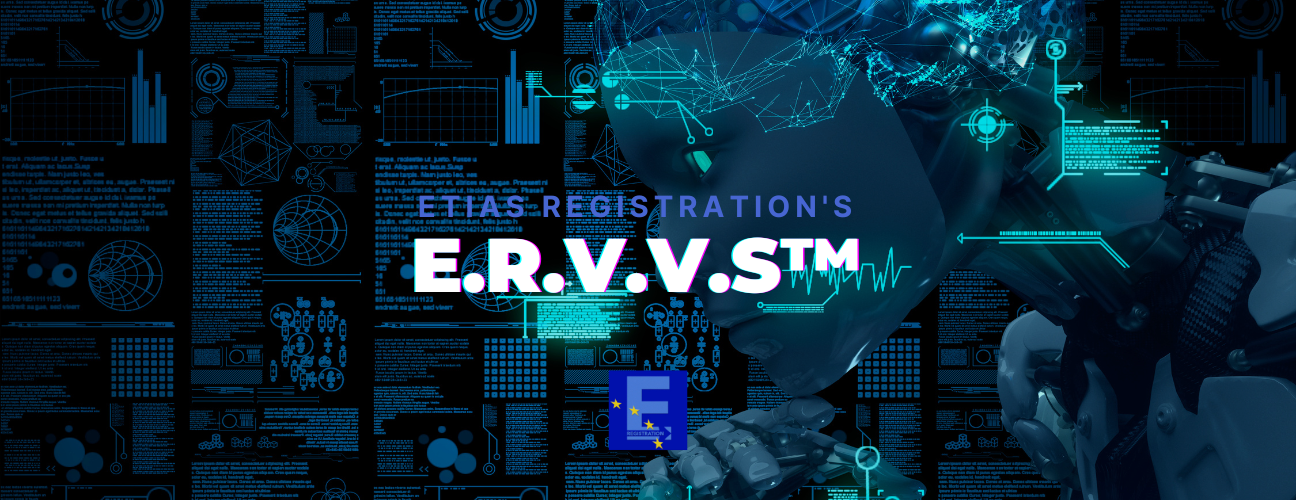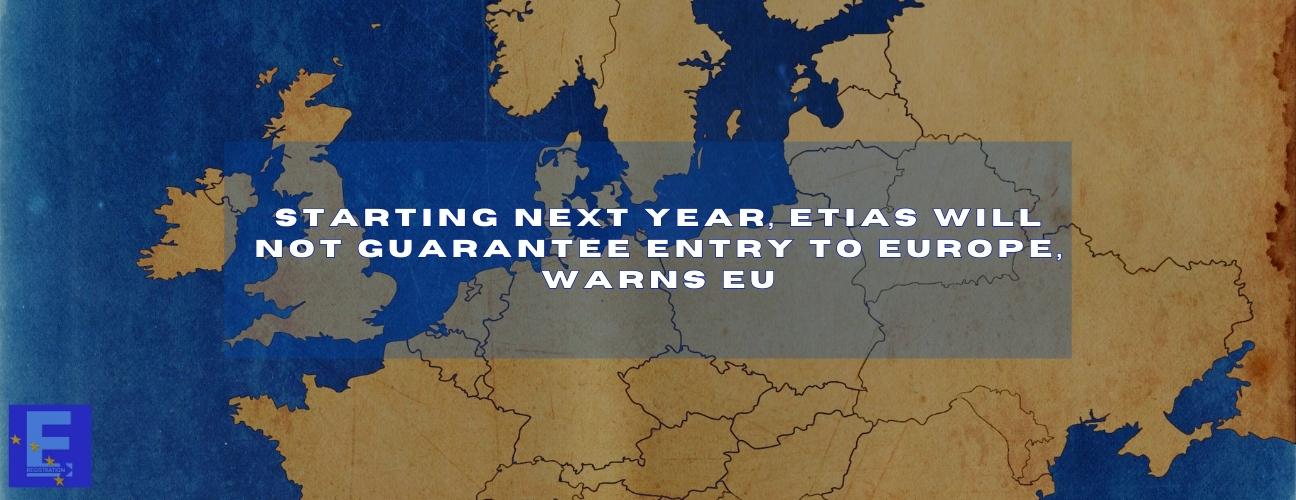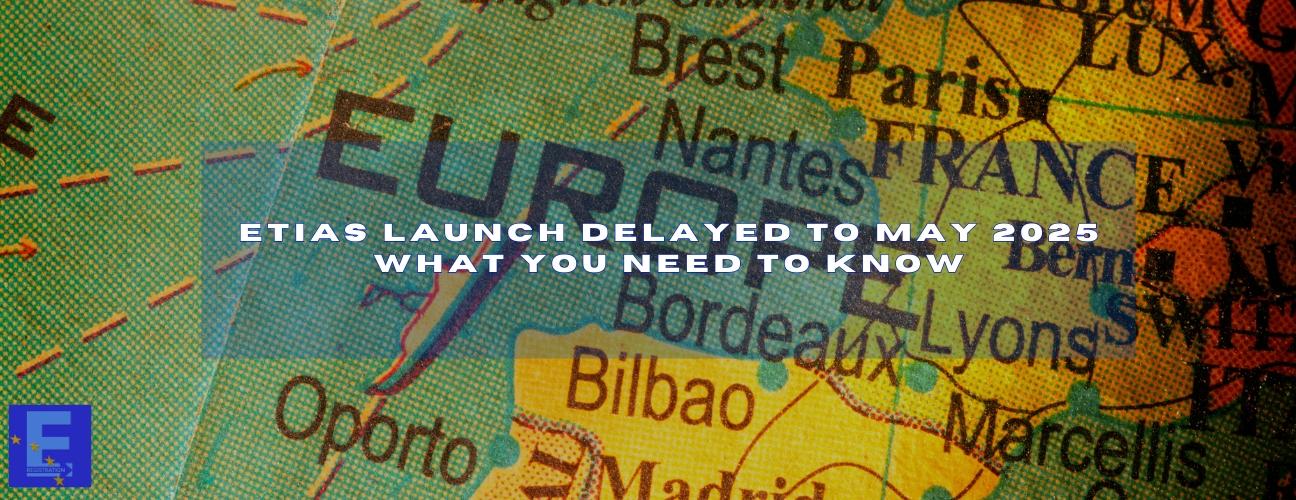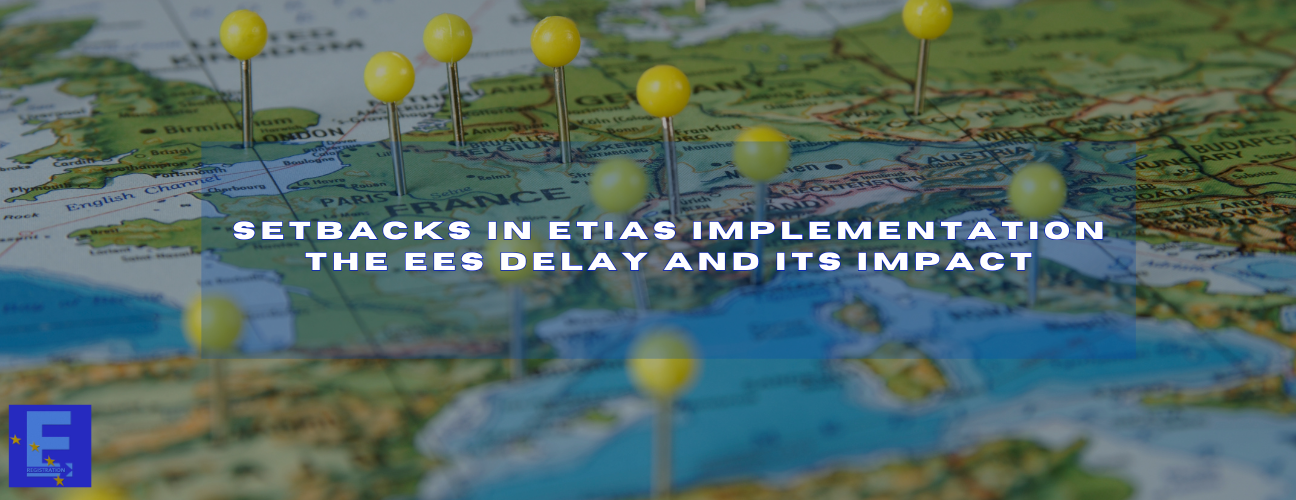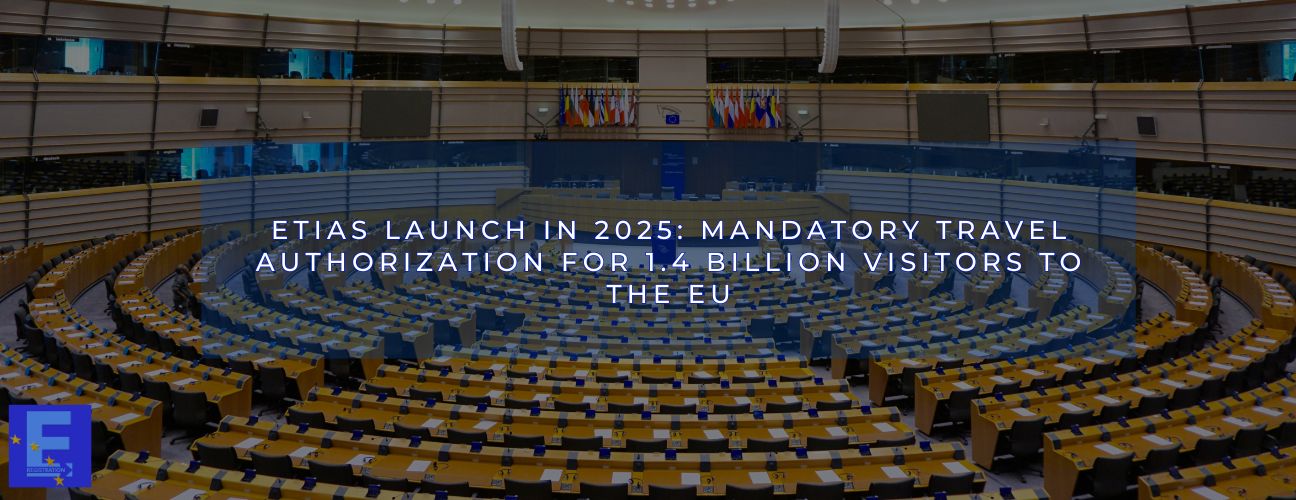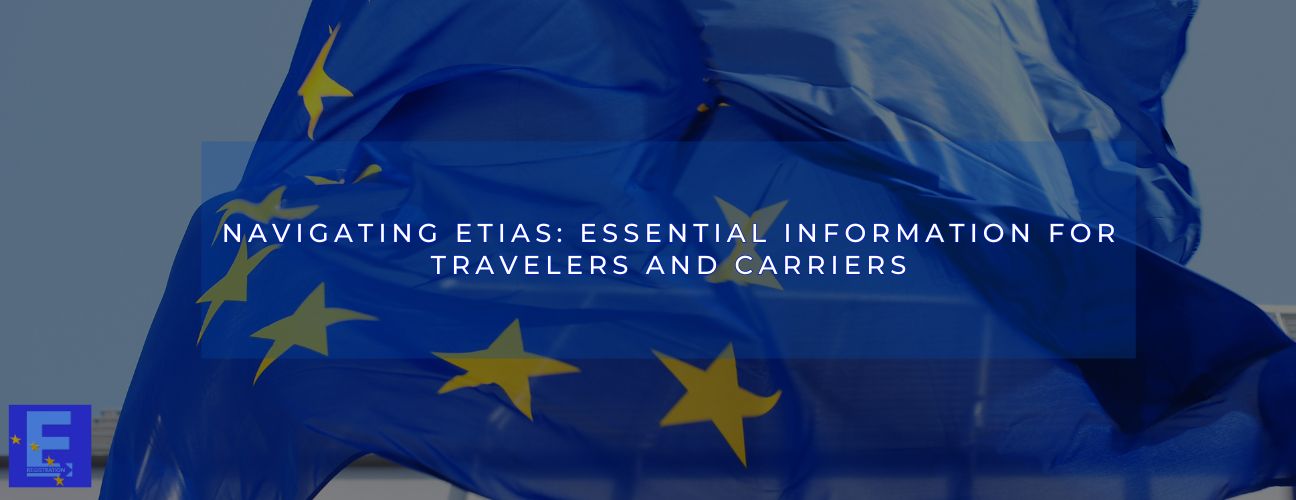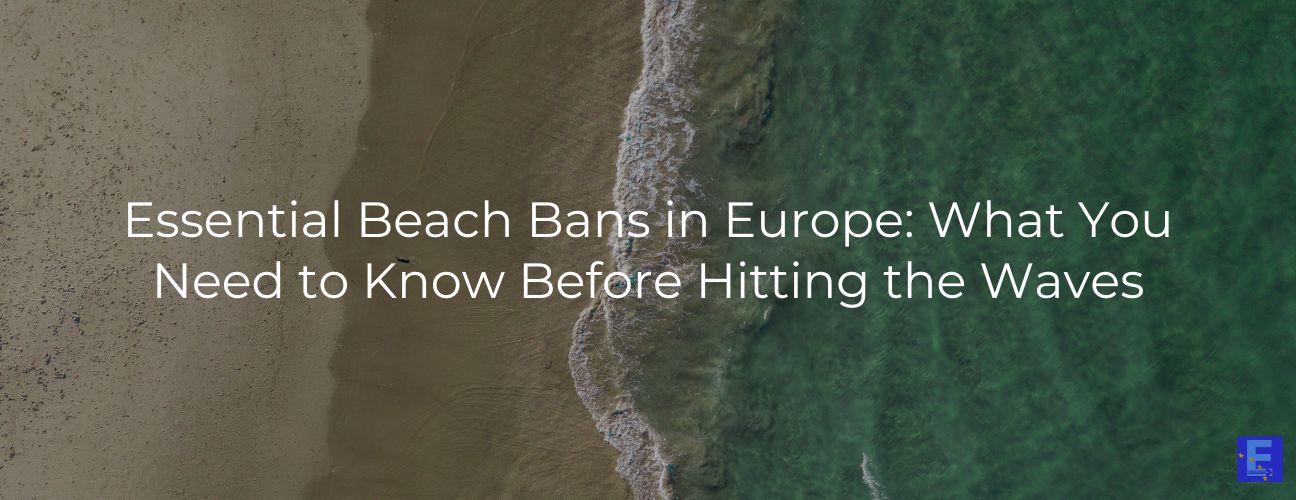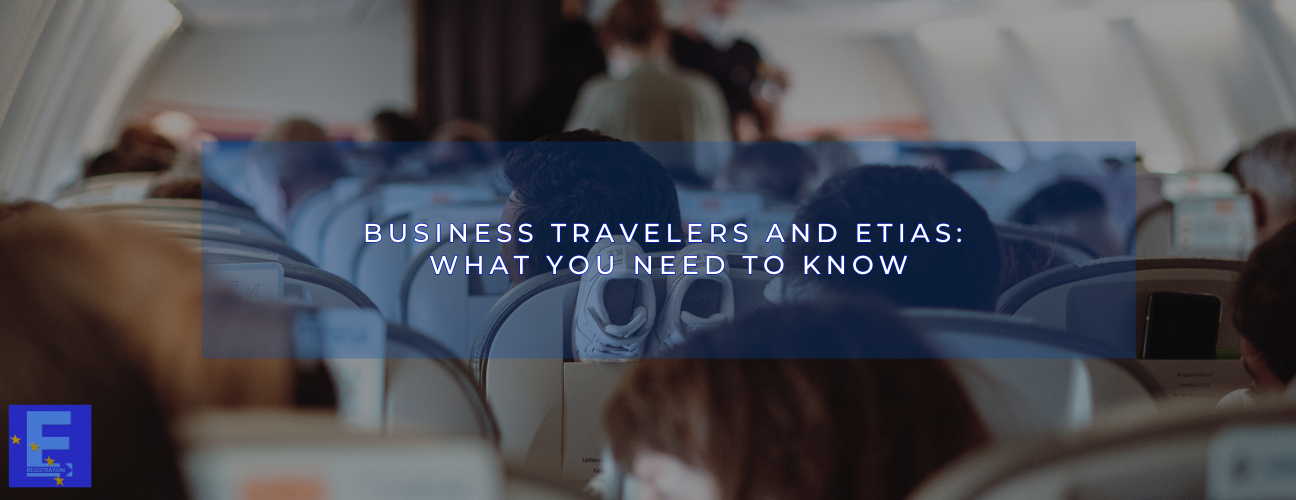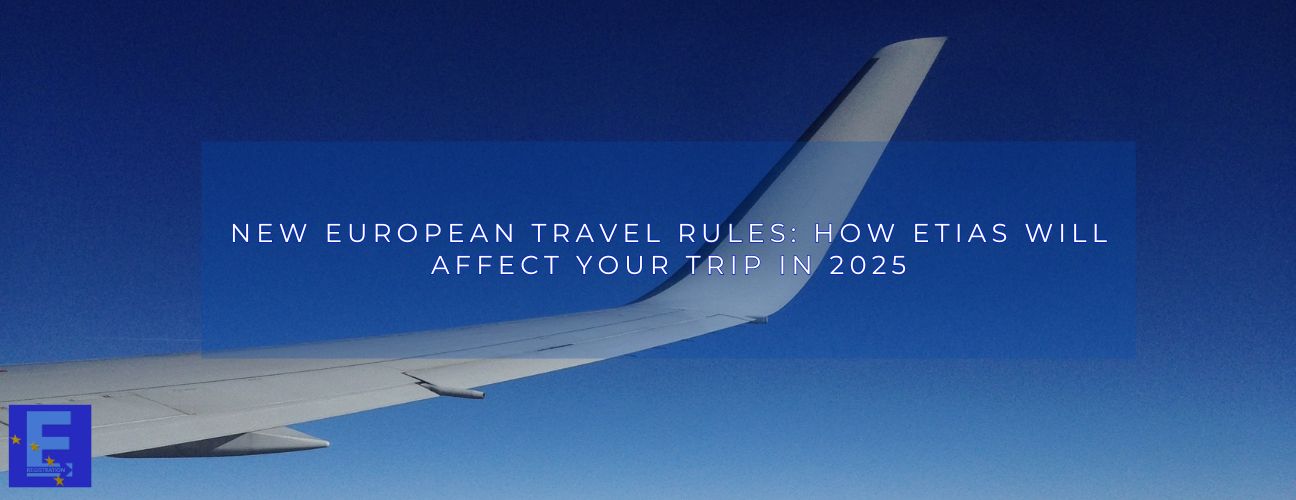The European Travel Information and Authorization System (ETIAS) is an upcoming travel authorization requirement for visa-exempt visitors to the Schengen Area. While travelers can apply for an ETIAS themselves, it is also possible for another person, such as a family member, friend, or a service provider, to complete the application on their behalf. Here’s what you need to know about the process and how someone else can apply for an ETIAS for you.
Who Can Apply on Your Behalf?
Anyone with the necessary information and authorization can apply for an ETIAS on your behalf. This could be:
- Family members: Parents, siblings, or children can apply for relatives, especially for minors or elderly travelers who may find the process challenging.
- Friends or acquaintances: Trusted friends can assist with the application, provided they have all the required personal details.
- Service providers or agencies: Companies specializing in travel services or visa-related applications, such as ETIAS Registration, can offer assistance with ETIAS applications, ensuring that the process is completed accurately and promptly.
Requirements for Third-Party Applications
When someone else applies for an ETIAS for you, they will need to have:
- Personal information of the traveler: This includes the full name, date of birth, nationality, and passport details.
- Travel itinerary: The intended date of travel and details regarding accommodation or other travel plans may be required.
- Background information: Applicants need to answer questions about criminal history, medical conditions, and previous travel to conflict areas.
- Consent: While not formally required, it's best for the person applying to have the traveler’s consent to submit the application on their behalf to avoid any potential issues with privacy or data misuse.
Steps to Apply for an ETIAS on Behalf of Someone Else
The process for applying on behalf of another person is similar to applying for oneself, with a few considerations:
-
Step 1: Gather Information
The individual applying on your behalf should collect all the necessary information and documents required for the ETIAS application. This includes a valid passport, personal details, travel plans, and any other pertinent information.
-
Step 2: Fill Out the ETIAS Application Form
The application form must be filled out accurately with the traveler’s details. Mistakes in the information can lead to delays or rejection, so it is crucial for the person applying to double-check all entries.
-
Step 3: Submit the Application
Once the application is complete, it can be submitted for review. The traveler will receive the ETIAS authorization electronically once it is approved.
Key Considerations for Third-Party Applications
-
Accuracy of Information
If someone else is filling out your ETIAS application, make sure they have accurate and up-to-date information. Errors can result in application delays or even denial.
-
Data Privacy and Security
Sharing personal details with a third party involves some risk. Ensure the person or company applying on your behalf is trustworthy and has measures in place to protect your personal data.
-
Responsibility for the Information Provided
Even if someone else completes the application, the traveler is ultimately responsible for the information submitted. If false or misleading information is provided, it could lead to denial of entry into the Schengen Area.
Benefits of Having Someone Else Apply
There are several advantages to letting someone else handle your ETIAS application:
- Convenience: If you find the application process time-consuming or confusing, having someone experienced manage it for you can save time.
- Professional Assistance: Service providers like ETIAS Registration can guide you through the process and handle any issues that arise during the application.
- Support for Inexperienced or Elderly Travelers: Those who are not comfortable with online processes can have someone more experienced apply on their behalf.
When to Avoid Using Third Parties
While third-party applications are convenient, there are situations where you may want to avoid them:
- Sensitive Personal Information: If you're not comfortable sharing your data with others, it might be best to apply yourself.
- Unreliable Agents: Be cautious about using unknown service providers. Only use reputable services to minimize the risk of data misuse or fraudulent activity.
Will an ETIAS Authorization State Who Applied?
The ETIAS authorization itself will not indicate whether the traveler or someone else completed the application. It only contains the traveler’s information, and the traveler is solely responsible for any details submitted.
Conclusion
It is possible for someone else to apply for an ETIAS on your behalf, provided they have the necessary information and your consent. Whether it’s a family member, a friend, or a professional service provider like ETIAS Registration, ensuring the information is accurate and protected is crucial for a successful application. As ETIAS becomes mandatory in 2025, understanding how third-party applications work can help travelers prepare and comply with this new requirement.
